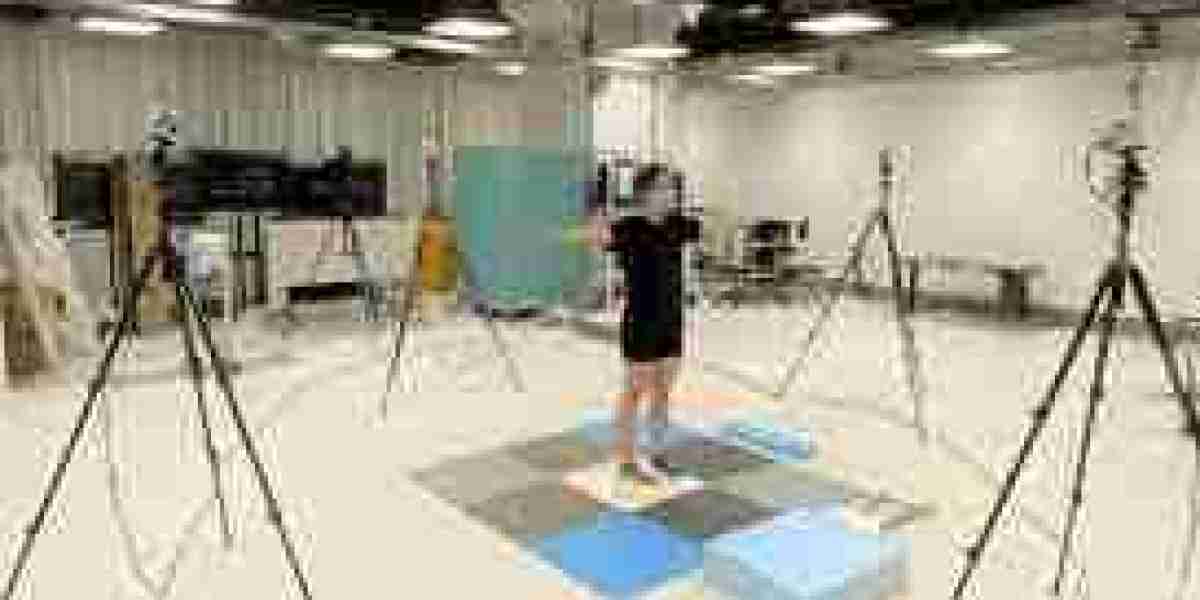Introduction
The 3D Motion Capture System Market is rapidly evolving, not only due to technological breakthroughs but also in response to an increasingly complex regulatory environment. Governments and regulatory bodies worldwide are introducing new standards that influence how motion capture systems are manufactured, marketed, and deployed—particularly in sectors involving health data, AI, and biometric information. These changes have a profound impact on manufacturers’ strategies, global sales channels, and long-term product innovation. In this article, we examine the most influential regulatory developments shaping the market today and their implications for stakeholders.
Rising Focus on Data Privacy and Compliance
At the heart of many regulatory changes is the issue of data privacy. Since motion capture systems collect sensitive data—such as body movement, facial expressions, and behavioral patterns—they are increasingly viewed through the lens of biometric data regulation.
Europe’s GDPR (General Data Protection Regulation) classifies motion data under personal data when linked to identifiable individuals. This puts significant pressure on European manufacturers and international vendors operating in Europe to ensure user consent, data encryption, and data minimization.
California Consumer Privacy Act (CCPA) and similar laws in U.S. states impose transparency requirements, opt-out options, and usage restrictions. Companies selling to American clients must ensure full compliance to avoid hefty penalties.
China’s Personal Information Protection Law (PIPL) introduces further complexity, especially for companies exporting systems to or collecting data from China. Cross-border data transfers are heavily scrutinized.
These regulations are prompting manufacturers to rework their data storage systems, anonymize datasets, introduce consent management tools, and implement stronger cybersecurity protocols.
Certification and Standards in Healthcare and Sports
Motion capture systems used in clinical and sports environments face additional scrutiny. These applications require certification from relevant regulatory bodies before deployment.
In healthcare, motion capture devices used for diagnostics or therapy tracking may fall under medical device regulations. In the U.S., for example, manufacturers must seek FDA clearance for systems marketed as therapeutic or diagnostic tools.
In the European Union, similar products fall under the Medical Device Regulation (MDR), which has stricter requirements for software-based medical tools. Startups and device makers are increasingly required to conduct clinical trials or provide extensive validation studies.
In professional sports, there is no universal standard yet, but federations and athletic commissions are beginning to require compliance with performance data handling protocols to protect athlete privacy and prevent competitive misuse.
Compliance with these sector-specific standards can delay go-to-market timelines but is increasingly viewed as a competitive advantage and mark of reliability.
Impact on Manufacturing and Product Design
Global safety, quality, and environmental regulations are also influencing how motion capture hardware is manufactured and distributed.
RoHS (Restriction of Hazardous Substances) compliance is mandatory for electronics entering the EU market, requiring manufacturers to eliminate toxic materials from sensors, suits, and cameras.
CE and FCC Certifications are necessary for devices sold in Europe and the U.S., respectively, ensuring electromagnetic safety and general electronic reliability.
ISO Standards, such as ISO 13485 for medical devices or ISO 27001 for information security, are becoming essential for manufacturers seeking international contracts or enterprise clients.
Product design is shifting to accommodate these requirements. Systems are now built with modularity to meet multiple regulatory markets, and product documentation includes detailed compliance mapping to smooth international sales processes.
Regional Differences in Regulatory Pressure
Not all markets apply the same level of regulatory pressure. For instance:
North America and Europe are highly regulated, requiring compliance with multiple overlapping data, health, and consumer safety rules. Companies entering these regions often need dedicated legal and compliance teams.
Asia-Pacific, particularly Japan and South Korea, emphasizes hardware quality standards and user safety but offers more flexible policies regarding non-medical data capture.
Middle East and Africa offer relatively fewer regulatory hurdles, creating opportunities for early-stage deployment and market testing. However, lack of standardization may pose long-term scalability issues.
Latin America is gradually aligning with global trends, particularly around data privacy laws like Brazil’s LGPD, which mirrors GDPR in several respects.
Understanding these regional variations helps manufacturers determine optimal market entry strategies and plan localization efforts accordingly.
Challenges and Opportunities for Manufacturers
While regulatory change introduces challenges, it also brings several strategic benefits and opportunities:
Challenges:
Compliance Costs: Meeting multi-regional regulations increases operational costs and extends time-to-market.
R&D Disruption: Ongoing product modifications to ensure compliance can derail R&D roadmaps.
Legal Risks: Non-compliance can result in legal action, fines, or market bans, especially in data-sensitive sectors.
Opportunities:
Trust and Credibility: Compliance builds trust with customers, especially in enterprise, government, and healthcare sectors.
Market Differentiation: Companies with strong compliance programs stand out in a competitive field.
Global Expansion: Regulatory-ready products are easier to scale internationally without rework.
In essence, regulation is becoming a driver of innovation. Companies that view compliance as an opportunity rather than a burden are more likely to succeed in a globalized market.
Conclusion
Regulatory shifts in the 3D motion capture system market are redefining how products are developed, marketed, and used. While compliance introduces new complexities for manufacturers and sales teams, it also enhances long-term competitiveness by enforcing higher standards for safety, privacy, and usability. As regulations evolve further—especially around AI integration, biometric ethics, and digital health—stakeholders who stay proactive and informed will be best positioned to thrive in this increasingly structured and globalized marketplace.



